Top Things to Know Before Buying Popular House Plants
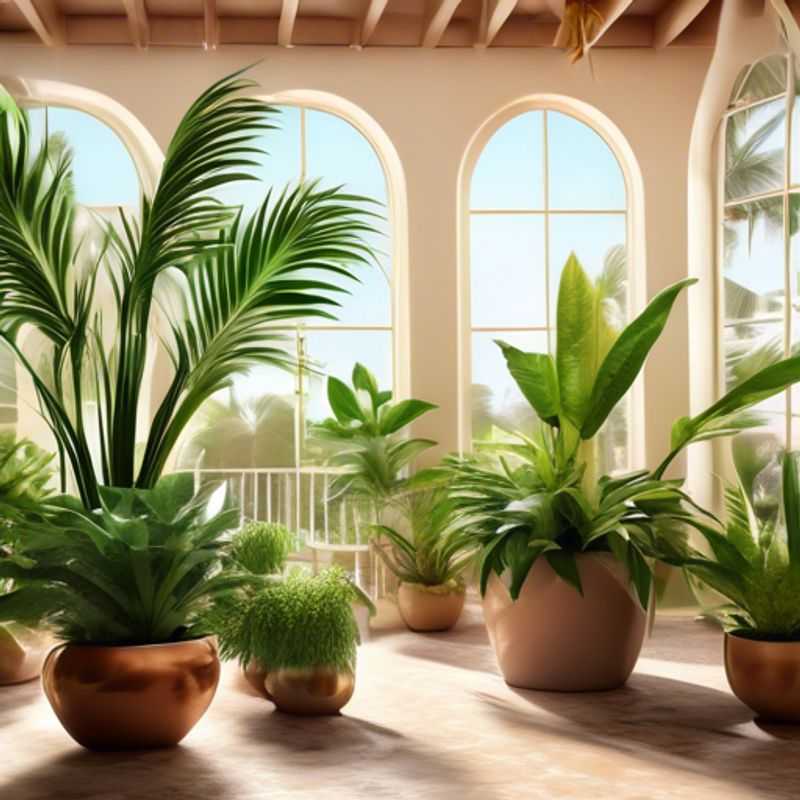
Unveiling the Secrets: Essential Considerations Before Embracing Your New Houseplant Friends
Ah, the allure of a lush, green oasis within your own home! But before you dive into the world of houseplants, a few key considerations will ensure your leafy companions thrive and bring you years of joy.
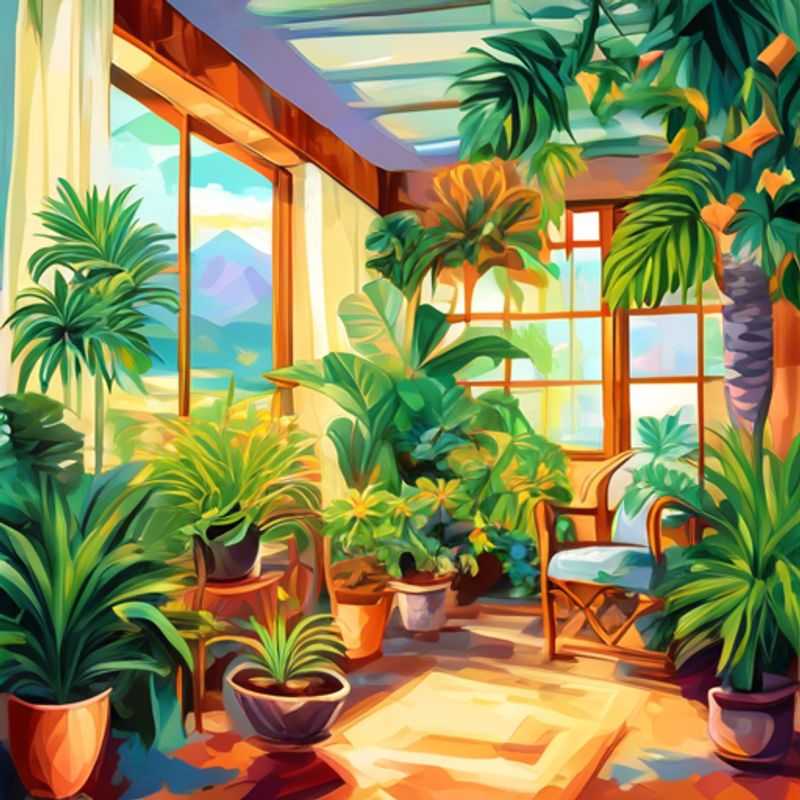
Unveiling the Secrets: Tailoring Care for Your Green House Guests
Understanding the specific care requirements for each type of house plant is essential for their health and longevity. Different plants have unique needs regarding light, water, humidity, and temperature. For instance, succulents prefer bright light and minimal watering, while ferns thrive in indirect light with high humidity levels.
When researching, consider the soil type suitable for each plant. Cacti need well-draining soil, whereas tropical plants benefit from a rich, moisture-retaining mix. Additionally, familiarize yourself with the fertilization schedule as some plants require regular feeding during the growing season, while others do not.
Pay attention to pest control strategies as well, as different plants may be susceptible to specific pests. It’s also vital to understand the repotting needs of each plant, which can vary based on growth rates and root health.
In terms of costs, consider potential expenses such as purchase of specialized soil, fertilizers, pest control products, and tools for care. Estimating these costs will help in planning for the proper care of your house plants.
For those eager to dive deeper into the subject, a wealth of information is available online, covering everything from beginner tips to advanced plant care techniques.

Unlocking Plant Happiness: Understanding Ideal Lighting Conditions
Understanding a plant's ideal lighting conditions is crucial for its success. This guide will help you choose the right plants for your home's lighting conditions, saving you the stress of trying to keep a plant alive when its basic needs aren't met. Plants need light for photosynthesis - the process by which they create energy from sunlight. This process is essential for plant growth and survival.
Each plant species has specific light requirements. Here's a quick breakdown:
Full Sun: Plants thriving in this condition need 6 or more hours of direct sunlight daily. Think of sunny windows facing south or west. Some examples are succulents, roses, and tomatoes.
Partial Sun: These plants love 4-6 hours of sunlight per day, ideally with some protection from direct sunlight during the hottest part of the day. East-facing windows or filtered light are great for these. Some examples are ferns, begonias, and hibiscus.
Partial Shade: These plants prefer 2-4 hours of bright, indirect light. North-facing windows or rooms with filtered light are perfect. Examples include peace lilies, snake plants, and ZZ plants.
Shade: These plants need low light conditions with minimal direct sunlight. North-facing windows or rooms with very little natural light are ideal. Examples include pothos, philodendron, and spider plants.
By learning about the light needs of the plants you want to buy, you can select those that will thrive in your home's lighting conditions. A well-lit home is an invitation to vibrant greenery and a sense of peace!

Choosing the Right Plant: Size Matters (and So Does Your Space)
When choosing a plant, it's crucial to consider both the plant's mature size and the space you have available. This is essential for ensuring the plant thrives and doesn't become cramped or outgrow its environment.
Start by researching the potential mature size of the plant you're interested in. This information is usually available on plant tags, websites, or through a quick online search.
Next, carefully measure the space you intend to dedicate to the plant. Factor in factors like available sunlight, proximity to walls or furniture, and any potential future growth. It's better to overestimate the space needed than to find yourself with a plant that quickly outgrows its container.
If you're unsure, it's always a good idea to consult with a gardening expert at a local nursery or garden center. They can provide valuable advice and help you choose plants that are suitable for your space and conditions. Remember, choosing the right plant for your available space will ensure your plant thrives and brings you years of enjoyment.
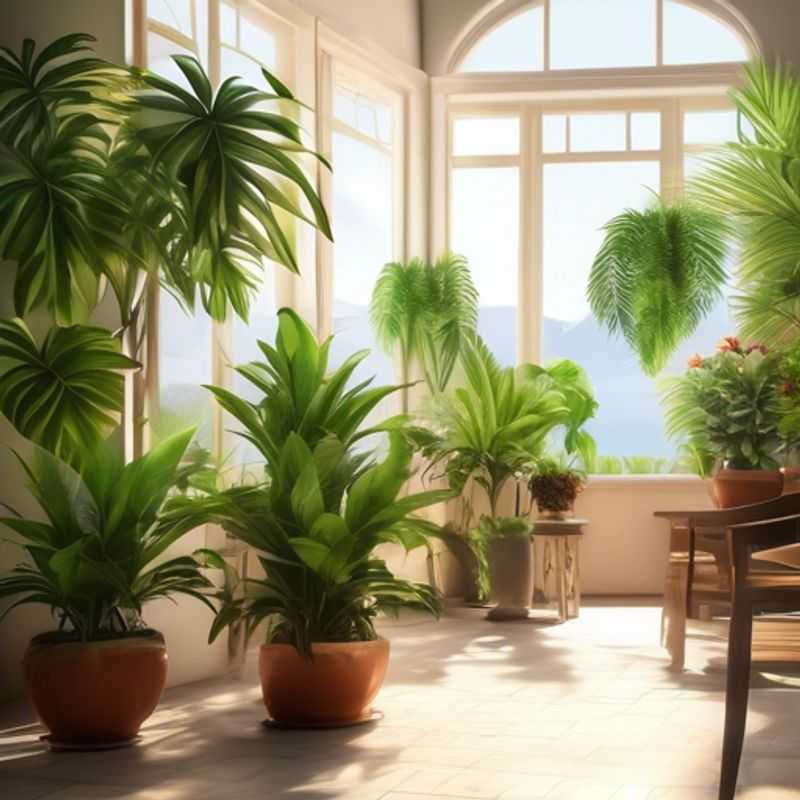
Is Your Plant Pet-Friendly? A Guide for Furry Friends and Plant Lovers
Bringing a new plant home can be an exciting experience, but it's crucial to prioritize the safety of your furry companions. Before you bring any plant inside your home, make sure it's pet-friendly. Many common houseplants can be toxic to pets, causing various symptoms ranging from mild gastrointestinal upset to more severe issues like liver or kidney failure.
It's important to research whether your chosen plant is safe for your pet. You can find comprehensive lists of toxic and non-toxic plants online from reputable sources like the ASPCA (American Society for the Prevention of Cruelty to Animals) or the Humane Society.
If you have any doubts, it's always best to err on the side of caution. Consider choosing plants that are known to be safe for pets or placing them in areas that are inaccessible to your animals.
Remember, preventing accidental ingestion is key. Regularly monitor your pets around plants and supervise them, especially if they are curious or known to chew on plants.
If you suspect your pet has ingested a toxic plant, contact your veterinarian immediately. Provide them with the plant's name, if possible, for proper diagnosis and treatment.
By being informed and taking precautions, you can ensure a safe and enjoyable environment for both your plants and pets.

Water Wise: Striking the Perfect Balance for Your Plants
The golden rule for watering plants is to water deeply and infrequently. This allows the roots to grow deep and strong, which is essential for a healthy plant. Overwatering is a common problem, especially for indoor plants. When you water your plants, make sure the water is draining out of the bottom of the pot. This ensures that the roots are getting enough water and that the soil isn't becoming waterlogged.
To avoid overwatering, check the soil moisture before you water. You can do this by sticking your finger about an inch into the soil. If the soil is dry, it's time to water. If the soil is still moist, wait a few more days before watering again.
The best way to know how much water your plants need is to understand their individual needs. Some plants need more water than others. For example, succulents and cacti need very little water, while ferns and philodendrons need a lot of water. It's important to research the specific needs of each plant you have.
Another important factor in watering plants is the type of soil they are in. Well-draining soil is essential for preventing overwatering. If your plants are in a dense, clay soil, it may be necessary to repot them in a more porous potting mix.
While overwatering is common, underwatering is also a problem. If you let your plants dry out too much, they can become stressed and may even die. If you notice that your plants are wilting, it's important to water them immediately. However, if you're unsure whether your plants need water, it's always better to err on the side of caution and wait a few more days before watering.
By following these simple tips, you can help your plants thrive and enjoy their beauty for years to come.
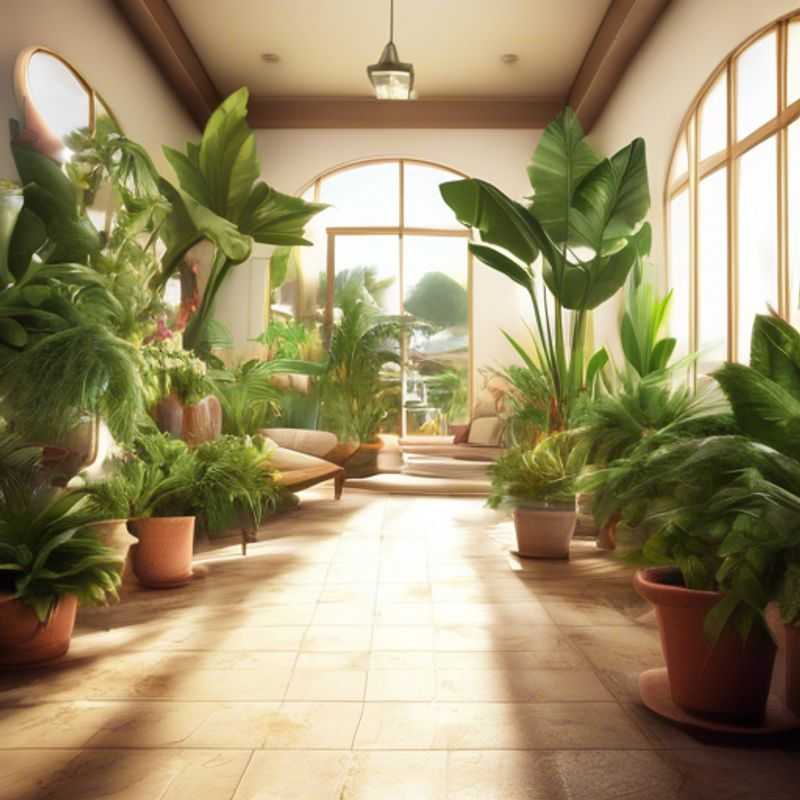
Pre-Purchase Plant Inspection: Spotting Pests and Diseases Before Bringing Them Home
Before you bring a new plant home, take a moment to inspect it for any signs of pests or diseases. This quick check can save you a lot of trouble down the line. Look closely at the leaves, stems, and roots for any of the following:
Pests: Look for tiny insects, webs, or holes in the leaves. Common plant pests include aphids, spider mites, mealybugs, and scale. You might also find signs of insect damage like discolored leaves or stunted growth. Diseases: Check for spots, discoloration, or wilting. Common plant diseases can cause symptoms like yellowing leaves, brown spots, or powdery mildew.
If you find any signs of pests or diseases, it's best to avoid buying the plant. These infestations can quickly spread to other plants in your home. It's also important to be aware of the potential spread of invasive species if you purchase an infected plant.
Don't be afraid to ask the nursery staff for help. They can often identify common pests and diseases and advise you on how to best care for your new plant.
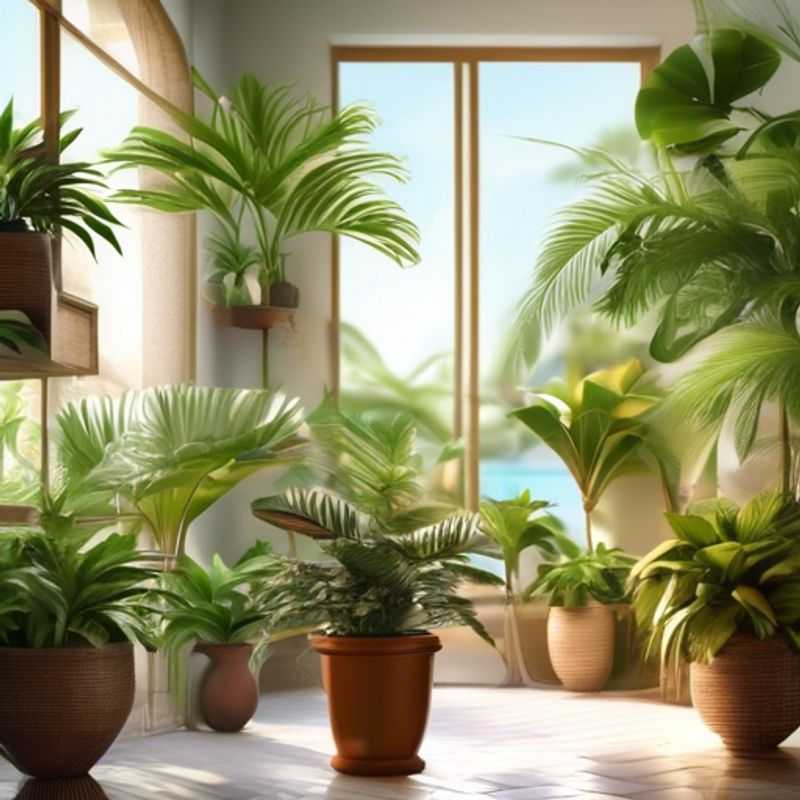
The Right Soil and Potting Conditions: A Recipe for Healthy Plants
When growing plants, understanding the right soil and potting conditions is crucial for their health and growth. The ideal soil type depends on the specific plant, but in general, a well-draining, nutrient-rich mix is preferred. A balanced mix of peat moss, compost, and perlite provides a good foundation for most plants.
Potting soil should also have the correct pH level for your plants. The pH level of the soil determines how well plants can absorb nutrients. Most plants thrive in a slightly acidic soil (pH 6.0 to 6.5), but some plants prefer alkaline or neutral soils.
If you are unsure about the specific needs of your plant, consult a gardening expert or a plant label for guidance. Regular testing and adjustments to your soil composition and pH levels are essential for healthy plant growth. You can use soil test kits to assess the current condition of your soil and make appropriate changes.
